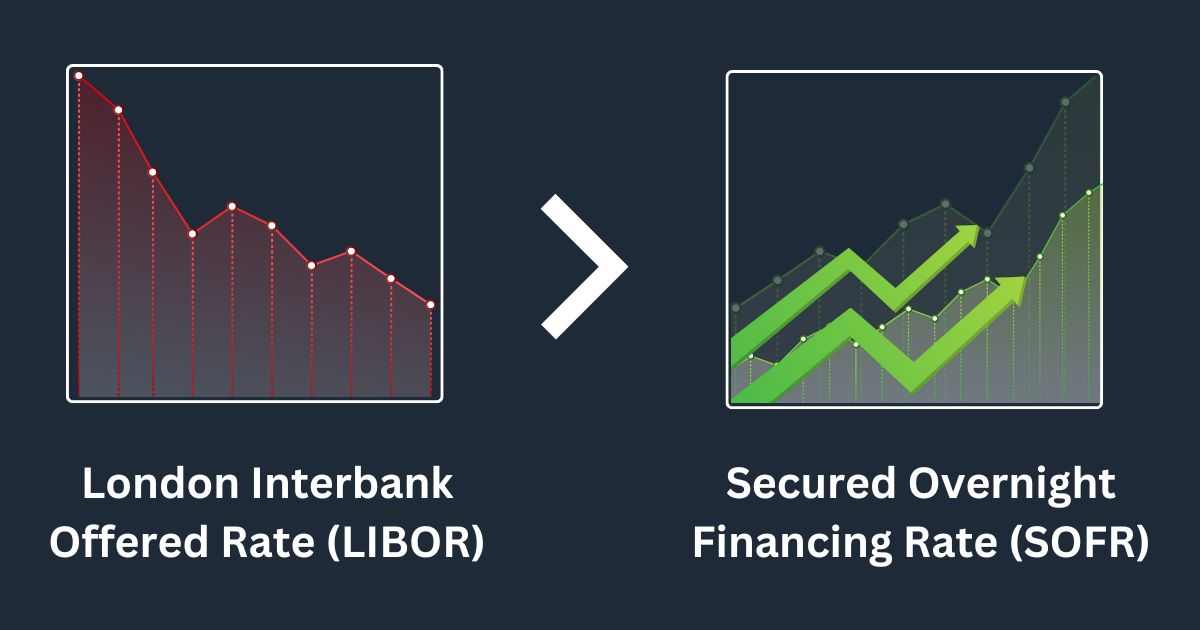Interest rate, or rate of interest is by far the most important constituent of a loan. Whether a loan is costly or not is determined by the interest rate charged on that loan.
However, with the borrowers now having an option to choose between a floating or fixed rate of interest, it is important to understand the differences between the two and the key features of both the fixed interest rates and floating interest rates.
Fixed interest rate
Meaning
A fixed interest rate is a rate of interest that remains fixed during the entire loan tenure. The monthly instalments (or EMIs) in a loan with a fixed rate of interest remain constant.
A fixed interest rate does not change with the change in the repo rate and is thus insulated from market risks.
The rate of interest in a fixed interest rate is usually the interest rate offered at the time of sanctioning of the loan.
Key features
A fixed interest rate has the following key characteristics:
- Certainty of interest cost- Since the EMI amount remains the same throughout the loan tenure, it helps borrowers budget accurately and aids the borrower in financial planning.
- Remains constant during the entire loan tenure- A fixed interest rate remains constant irrespective of the market conditions. The rate of interest offered at the time of loan sanctioning remains applicable throughout the tenure of the loan.
- May be asynchronous with market rates- The fixed rate of interest may be asynchronous with the prevalent interest rates in the market. However, fixed interest rates always remain above the base rate, which is the threshold rate fixed by the Reserve Bank of India (RBI) below which Financial Institutions cannot lend to the borrowers.
- Slightly higher than floating interest rates- Fixed rates are slightly higher than floating interest rates since they take into account the possible inflation in future, which is not beneficial for the lender.
Floating interest rate
Meaning
A floating interest rate is a variable interest rate that is benchmarked to another rate of interest (usually the repo rate).
A floating interest rate increases with an increase in the benchmark rate, and vice versa.
Thus, a floating rate increases or decreases with prevalent repo rates.
Key features
A floating interest rate has the following key characteristics:
- Variable monthly instalments- Since the floating rates keep fluctuating as per the market conditions, the EMI amount the borrowers have to pay also keeps changing with each interest rate revision.
- Rate of interest is directly proportional to the benchmark rate- The rate of interest in a floating rate is directly proportional to the benchmark rate, ie. the repo rate.
- In sync with market rates- The floating interest rate is in sync with the prevalent market rates. The floating interest rate moves in tandem with market conditions and thus has a bit of volatile nature.
- Slightly lower than a fixed rate- A floating interest rate is slightly lower than a fixed interest rate since the lenders have the option to revise the rate in future based upon their cost of funds.
Fixed interest rate vs Floating interest rates
The key differences between fixed and floating interest rates are-
- Sense of security- While there exists a sense of security in fixed rates due to fixed interest payment, the floating interest rates are of a volatile nature and the interest rate may change several times during the loan’s entire term.
- Prepayment penalties- While there may be a prepayment penalty on part loan repayment in a fixed-rate loan, such a scenario does not exist in a floating-rate loan. The RBI proscribes Scheduled Commercial Banks to levy a prepayment penalty in the case of floating rate loans.
- Variable interest rates- The interest rates are variable in a floating interest rate while the interest rate remains fixed during the entire loan tenure in the case of a fixed rate.
- Financial planning- Fixed rates help in better budgeting since the monthly instalments remain constant throughout the loan tenure. The monthly payments or EMIs change as per the market conditions in loans with a floating interest rate, making it difficult to make budgets.
| Fixed Interest Rate | Floating Interest Rate |
| The interest rate is fixed. | The interest rate is variable. |
| The rate of interest is not affected by the lending rates in the market. | The rate of interest is dependent upon market conditions. |
| There may be prepayment penalties. | There are no prepayment penalties. |
| Financial planning is easier with fixed rates. | Financial planning is difficult due to variability in monthly payments. |
Should you opt for fixed-interest loans or floating-interest loans?
The rudimentary difference between fixed-interest loans and floating-interest loans is the floating interest rate in the latter when juxtaposed with a fixed interest rate in the former.
In a fixed-rate loan, the rate of interest on the loan remains the same as was provided by the lender while sanctioning the loan. This may lead to savings for the borrower in case the lending rates increase in future, or they may end up paying more if the prevalent lending rates plummet moving ahead.
One of the primary benefits of loans with a fixed interest rate is the certainty offered to both the borrower and the lender. However, loans with a fixed rate may have a higher interest rate than loans with a floating interest rate.
In a floating-rate loan, the interest rate rises when the benchmark rate increases, and vice versa. The floating element in this type of loan may alter the EMIs the borrowers have to pay in a few years.
The rate of interest in this type of loan is usually affected by several factors, including the Net Interest Margin of the lenders, and the repo rate.
One of the primary benefits of loans with a floating interest rate is that the interest rate offered may be a bit lower than the fixed interest rate offered by the same lender.
However, it also exposes the borrower to market risks while insulating the lender. Thus, one should choose floating interest rates after taking into account their variability and the risk exposure to economic conditions.
To empower the borrowers, the RBI recently released guidelines directing the Regulated Entities (REs) to offer a choice to personal loan borrowers at each rate revision to choose between a fixed and floating interest rate.
The regulator also directed the lenders to make it lucid in the fine print of the loan about the risks associated with floating interest rates and the terms and conditions of such loans.
Thus, while choosing an interest rate option, one must take into account the possible instalments in future, the benefits and disadvantages of both fixed and floating rates, and account for possible savings in each type.
You may also like:
- Demand Loan vs Term Loan: A Quick Comparison
- Secured vs Unsecured Business Loan: Know Differences [2023]
- 70+ Best RBI Approved Loan Apps In India [2023]
- Business Loan Eligibility Criteria in India- Essential Factors
- Business Loan vs Equity Financing: Which one is better for your business?
FAQs
Which is better, floating or fixed interest rate?
Floating interest rates may be better in certain scenarios since they are generally benchmarked to the repo rate and move in tandem with it. Thus, they may offer lower interest rates than fixed interest rates when the repo rate is low. Such a scenario does not exist in the case of fixed interest rates as the rate of interest remains the same throughout the loan term.
Is a floating rate better?
A floating rate may be better when the rate it is benchmarked to is low with minimal chances of an increase going ahead.
At the same time, a floating rate would be quite attractive when the rate of interest it is benchmarked to shows signs of decreasing going ahead. This would allow the borrower to not miss the chance to decrease their interest cost in the loan repayment amount.
What are the disadvantages of a floating interest rate?
A floating interest rate, or floating rate exposes the borrower to risks of the market while insulating the lender.
Another disadvantage of a floating rate is that it is hard to budget for future payments with floating interest rates since the borrower may end up paying higher monthly instalments if the interest rates rise.
Why do banks prefer floating rates?
Banks prefer floating rates because they do not have to absorb the losses arising out of changes in the repo rate or bank rate. In a fixed rate, the rate of interest on the loan amount remains constant throughout the tenure, which does not allow the banks to cover their capital cost if the cost of funds increases.
In floating rates, banks have an option to pass on the increased cost of funds by increasing the interest rate.
Does EMI change with the floating rate?
Yes, the EMI on a loan may change in a floating rate loan if the benchmark rate increases or decreases and the borrower opts for a change in the EMI instead of an alteration in the tenure of the loan.
What is the disadvantage of fixed interest?
One of the major disadvantages of a fixed interest rate, or fixed rate is that the borrowers may not be able to benefit from possible lower lending rates in future. The interest rate remains constant throughout the tenure of the loan.
















